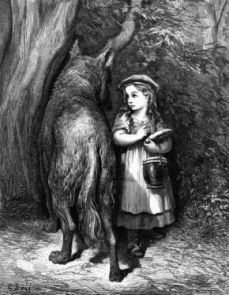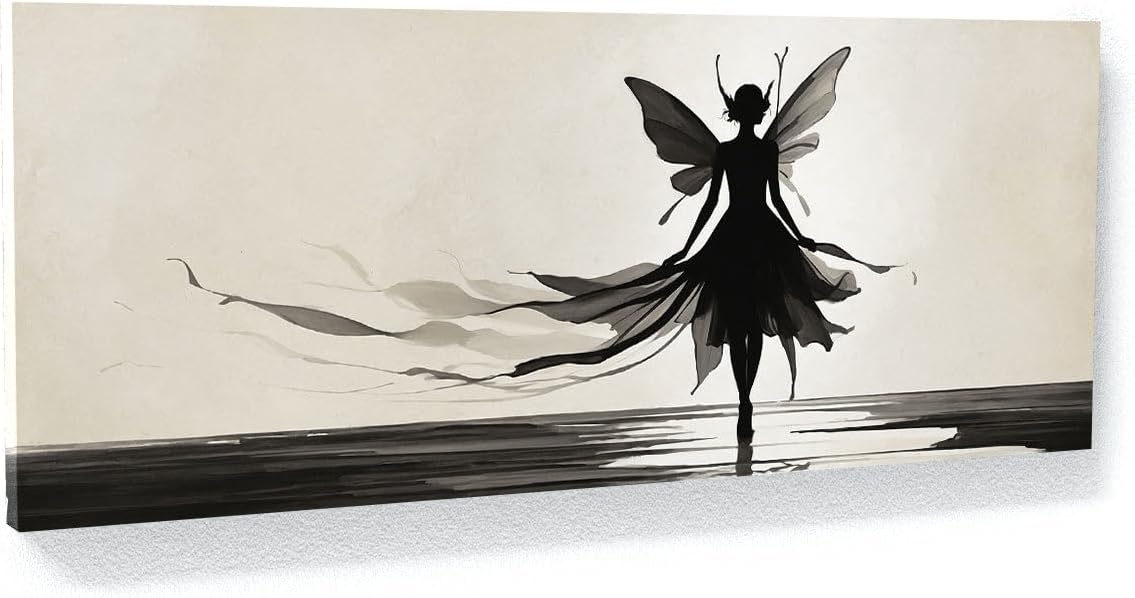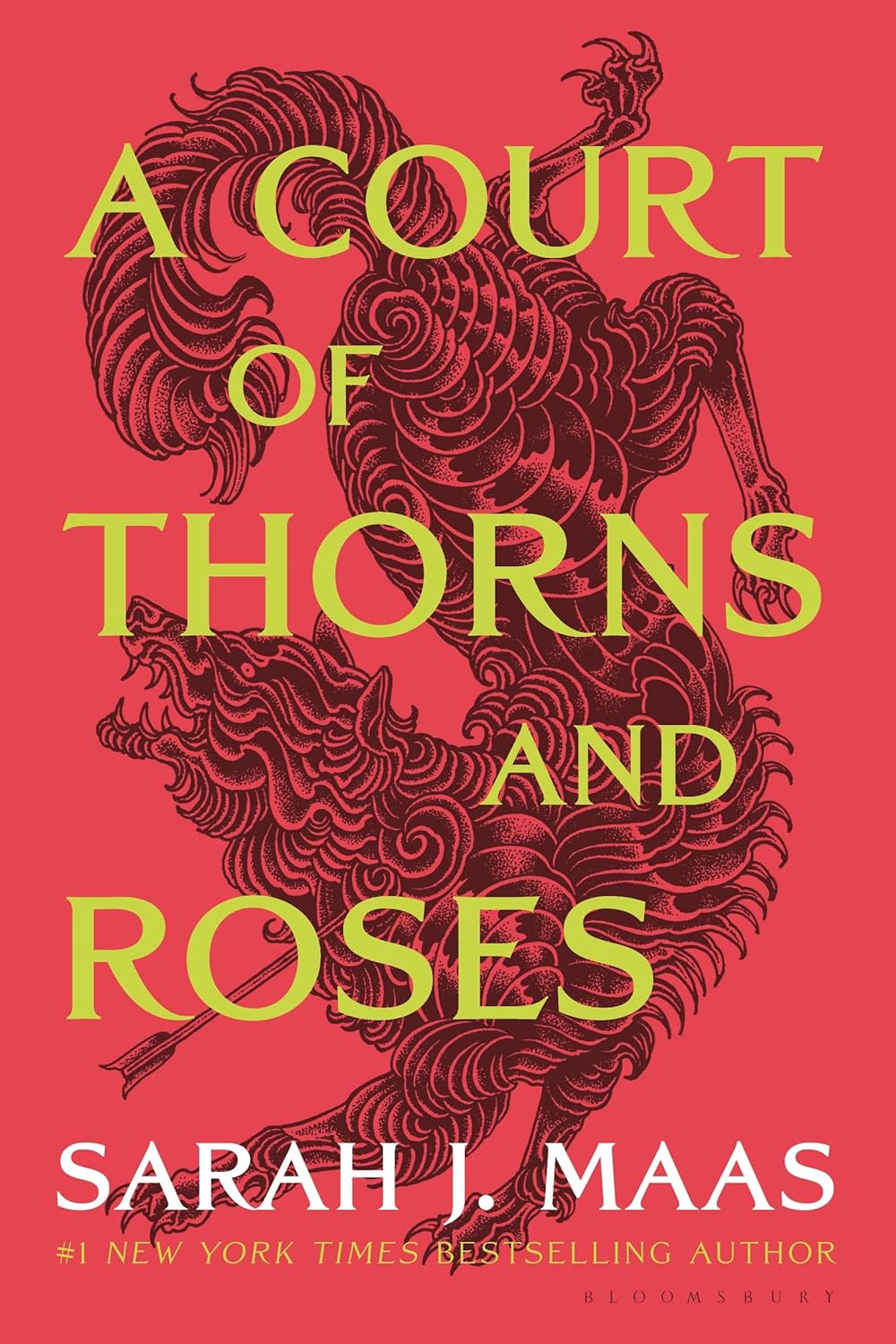- Home
- Fairy Blog
- Fairy Cakes
- Fairy Quotes
- Safety Dance
- The Flower Fairies Books
- What is a Fairy?
- Are Fairies Real?
- Faeries
- What are the Fae?
- Fae Fantasy Books
- Fairy History
- Origin of Fairies
- Fairies in Folklore
- Pixies
- Pixie Fairy Differences
- Gothic Fairies
- Tooth Fairy
- Fairy Festivals
- Fairy Gardens
- Fairy Garden Accessories
- Fairy Forests
- Fairy Poems
- Fairy Tales
- Fairy Tale Origins
- Classic Fairy Tales
- 24 Fairy Tales
- Fairy Tales around the World
- About Fantasy Creatures
- Dragons
- Dwarves
- Elves
- Gnomes
- Leprechauns
- Mermaids
- Unicorns
- Fairy Face Painting
- Free Fairy Art
- Fairy Coloring Pages
- Fairy Crafts For Kids
- Chinese Dragon Art
- How to Draw a Dragon
- Chinese Dragon Drawing
- Dragon Coloring Pages
- Fairy Tattoo Ideas
- About Us
- Contact Us
- Disclaimer
- Privacy Policy
Little Red Riding Hood
Little Red Riding Hood is a very popular fairy tale about a young girl meeting a wolf while delivering a cake to her Grandmother.
The origins of the Little Red Riding Hood fairy tale trace back to oral versions from various European countries. They very likely came before the 17th century. Several versions exist, some quite a bit different from the Grimms-inspired version. French peasants told the story in the 14th century. It was also told in Italy, where La finta nonna (The False Grandmother) and other versions exist.
Fairy Canvas Wall Art
Check out this beautiful, unique, one of a kind fairy canvas picture - click here for more information and the best price!
Little Red Riding Hood

This very popular fairy tale is about a young girl meeting a wolf while delivering a cake to her Grandmother. Versions of this story date back to a time when only oral stories were told. Many of these were for adults as they contained a lot of sexual and violent interaction.
Many times throughout history, this story has been changed to make it adapt to that particular period and to different audiences. If there is a single moral to be learned from the different versions, it would seem to be "Be aware of the difference between the safe village and the danger that lies beyond".
History of Little Red Riding Hood
Versions of Little Red Riding Hood date back to a time when only oral stories were told. Many of these were for adults as they contained a lot of sexual and violent interaction.
It appears that similar folktales were told all over Europe. In these versions the wolf meets the girl on the path through the woods. He then rushes ahead of the girl to her grandmother's house where he kills the grandmother and butchers her like an animal. He then sets a meal for the girl with the remains to be eaten by the girl.
She sometimes does eat this meal. In some of these tales, the wolf asks the girl to take off all her cloths and burn them. Once she is in bed, she discovers the wolf's disguise. In an attempt to escape, she complains about the need to go potty and does not want to do that in bed.
The wolf ties a piece of cord to her so that she can't escape. The girl is too smart for that. She ties a string to the door latch and escapes. In these tales, she escapes on her own, without help from any adult.

The First Written Version
In the 17th century, French author Charles Perrault is the first person to write of this folktale. In 1697 he wrote "Histoires et contes du temps passé, avec des moralités. Contes de ma mère l'Oye", which translates to "Tales and Stories of the Past with Morals", which included this story.
Printed inside the front cover frontispiece was "Tales of Mother Goose". Perrault states that he did not invent any of the stories found in this book, but just repeated Folk tales he heard in the French countryside.
In his version "le petit Chaperon Rouge" the girl is wearing a red riding cloak with a hood. The tale is similar to the oral stories but with a different ending. At the end of the story, she is devoured by the wolf.
In 1812 the Brothers Grimm published two different versions of the story in "Children's and Household Tales". These versions were told to the brothers by two sisters. Jeanette Hassenpflug told them the first version which became the "Little Red Riding Hood" that we all know of today. It is by far the most popular English version.
In this story, the wolf devours the grandmother and Red Riding Hood after a fierce battle. A hunter passing by hears the screams and breaks in and rescues the girl and her grandmother by slicing the wolf open. They are both OK. To kill the wolf, the three of them fill his body with stones and dump him in a well.
Many authors after the Grimms have made changes to this tale and used it as the plot for their work.
In different versions, the wolf eats the grandmother. Other versions have Little Red Riding Hood being saved by the hunter before the wolf has a chance to eat her.
The moral seems to show the contrast between the safe village and the dangers of the forest. It teaches children not to "wander off the path".
The story of the hungry wolf and the hero being released unharmed from its belly is similar to the theme of the Russian tale "Peter and the Wolf", and The Brothers Grimm tale "The Wolf and the Seven Young Kids". This theme of restoration is similar to "Jonah and the whale".
The interaction in this tale between the wolf and Little Red Riding Hood is similar to what happens in some Norse folklore tales.
You can read more about Red Riding Hood and the Wolf here.
Read more about Fairy Tales here.
Visit this page to see our list of many different Fairy Tales.
Book of the Month
The Best Selling Fae Fantasy Book!
CLICK HERE for more information and best price!
Recent Articles
-
Fantasy Creatures, descriptions and origin of these mythical creatures
Nov 13, 25 03:57 AM
Fantasy Creatures, descriptions and history of at least 10 of these mythical creatures with pictures of some -
Discover The Best Quotes About Fairies
Nov 13, 25 03:55 AM
We have collected all the best Quotes About Fairies that we can find - Discover some inspiration and wonder in the World of fairies! -
Fae Fantasy Books - where love can be both thrilling and terrifying!
Oct 27, 25 12:09 PM
Fae Fantasy Books - explore new aspects of what it means to be human in a world where magic and immortal beings exist! A perfect blend of danger and allure!




